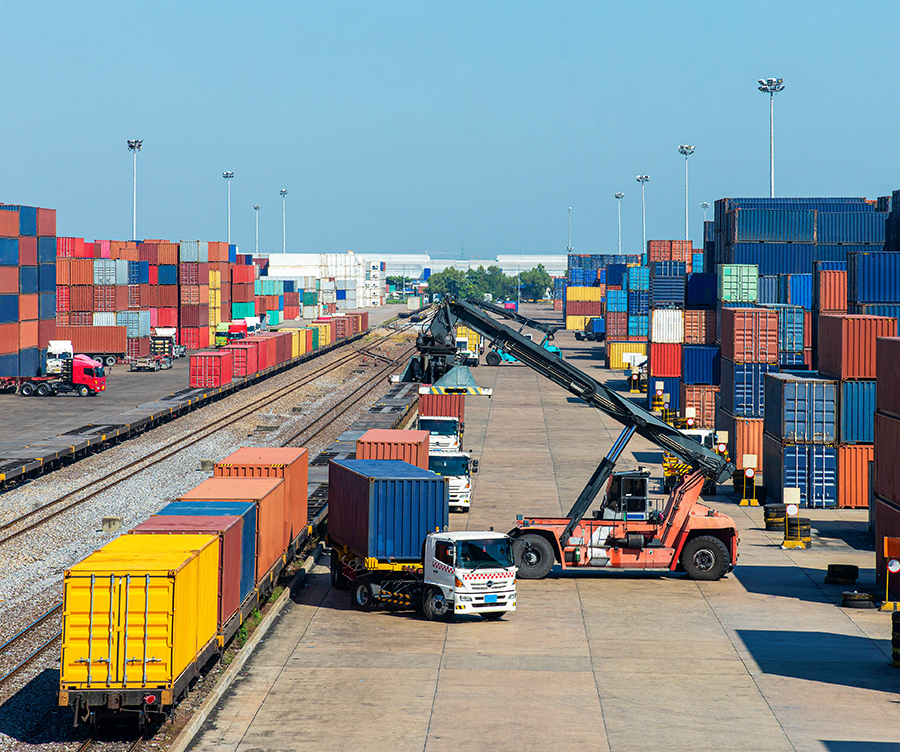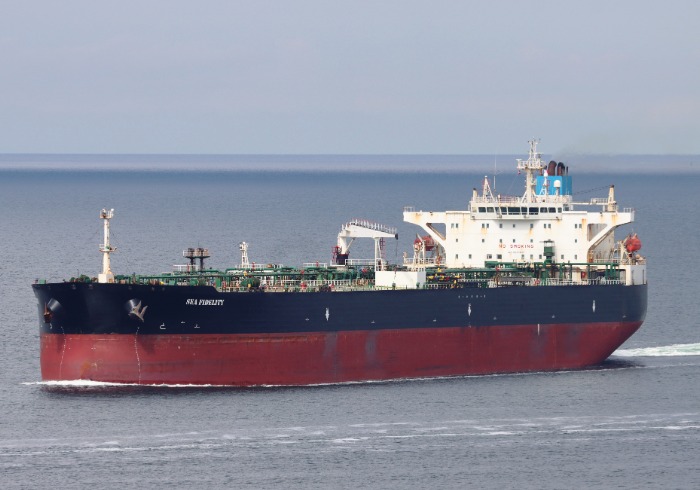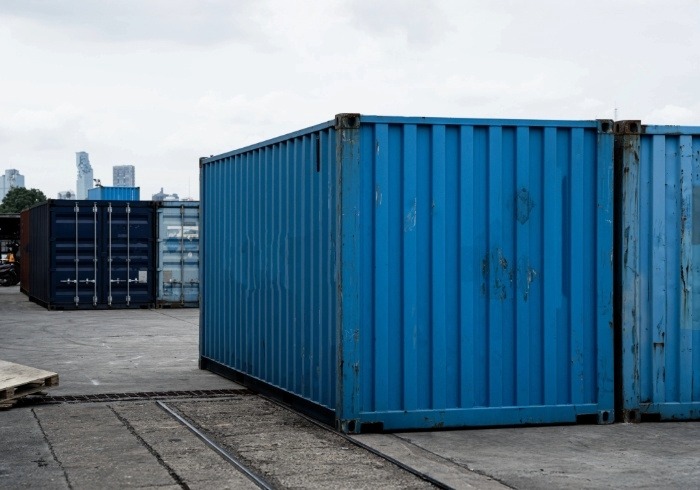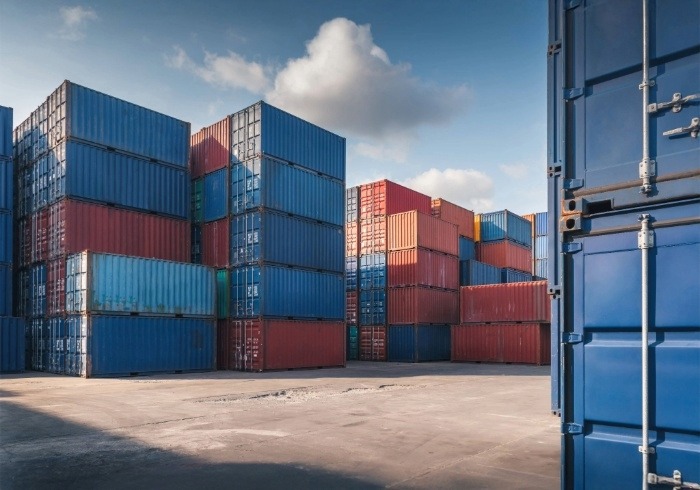Dozens of ports along the US East and Gulf Coasts have come to a standstill, as dockworkers went on strike over disputes regarding pay and automation, prompting warnings of “emptier shelves” and serious economic consequences.
In the early hours of the morning, workers represented by the International Longshoremen’s Association (ILA) initiated their first walkout in nearly 50 years, after employment contract talks broke down with the United States Maritime Alliance (USMX), a body representing the likes of Maersk’s APM Terminals and SSA Marine.
The strike means ports from Maine to Texas – accounting for about half of the nation’s ocean imports – are now largely inactive, with tens of thousands of employees having joined the picket lines.
In a statement today, the ILA said it rejected the USMX’s final proposal, stating it “fell far short of what ILA rank-and-file members are demanding in wages and protections against automation”.
“We are prepared to fight as long as necessary, to stay out on strike for whatever period of time it takes,” said Harold Daggett, president of the ILA, which represents around 45,000 port workers.
There are growing concerns that the strike could leave goods stranded in ports and severely disrupt the trade of essential products, including food, retail goods and cars. However, the union has pledged to continue handling military cargo throughout the strike.
OEC Group, a global freight forwarder, warns that a one-week shutdown could lead to a month of congestion, backlogs and delays. “And carriers are projecting at least a 2–3-week strike,” it says.
“Store shelves will look a lot emptier, prices will increase, and consumers will be paying the price.”
A policy brief from New York-based thinktank The Conference Board, also predicts a “serious economic fallout” from the port shutdowns. Even a short strike, it says, would disrupt supply chains for weeks – hitting retailers as they scramble to import stock ahead of the holiday season.
Just a one-week strike could cost the US economy US$3.78bn, or US$540mn per day, it predicts.
“There’s no easy Plan B. While shippers have already begun diverting some cargo to the West Coast, capacity for such alternative options are limited,” says Erin McLaughlin, senior economist at The Conference Board.
There are close to 100,000 containers stuck at ports in the New York area, with 35 ships expected to arrive in the coming week, said Rick Cotton, executive director of the Port Authority of New York and New Jersey, in a press conference on September 30.
“They will go to anchorage under the supervision of the coast guard, whatever the duration of the strike.”
Retail and autos
As the US braces for the trade impact of the port strike, experts predict a few key sectors will be acutely affected by the disruptions.
The retail sector – especially those importing goods from Europe and Asia – will “bear the brunt” of the delays, says Christian Roeloffs, co-founder and CEO of Container xChange in a September 26 advisory.
“Critical holiday merchandise, including apparel, electronics, and seasonal goods, may not arrive on time. The automotive industry, which relies heavily on timely shipments of parts and components, could see production delays, especially for vehicles assembled in the US with parts arriving through East Coast ports,” he says.
Ultimately, he argues, consumers will absorb any increase in shipping costs.
New York Governor Kathy Hochul said in a press conference on September 30 that the “the stakes are very high”, although pharmaceuticals are not a key area of concern as most of these goods arrive via air travel.
“We don’t think there’ll be disruption to the food supply,” she said, while noting the “plentiful” amount of food products coming from Canada, California and Mexico. “Those are the primary sources of food for the state.”
“But over time, if this goes as long as the strike did in 1977, products that must come in on ships, like bananas, will be affected,” she added.
Some experts argue that supply chain disruptions will be relatively minimal unless the impasse persists into late October, with US exporters and importers having taken steps to mitigate the impact of the strike.
Many firms imported goods earlier than planned in recent months, or diverted to West Coast ports, such as Long Beach and Los Angeles, in anticipation of the strike.
The Port of Los Angeles handled a near-record 960,597 TEUs in August, marking a 16% increase over the previous year, says research from Windward.
“It was the busiest non-pandemic month ever at the port,” Windward adds.
Even so, there are warnings that transportation costs on US East Coast routes could spike.
David Jinks, head of consumer research at Parcelhero, says: “Depending on the UK port, it typically takes 12-15 days for a sailing between the UK and New York. By contrast, a typical shipment between the UK and Los Angeles takes around 30-39 days and is likely to be more expensive.”
In recent weeks, ocean carriers have also introduced strike surcharges ranging from US$400 to US$3000 per forty-foot equivalent unit (FEU) for East Coast-bound containers – these are due to come into effect in October.
In theory, US President Joe Biden could potentially invoke federal law – the Taft-Hartley Act of 1947 – to break the strike action on national security grounds. Yet the White House – likely mindful of the upcoming November election – has opted not to block the strike.
The USMX said in a September 30 statement that it had traded counter-offers related to wages with the ILA over the “last 24 hours”.
“Our offer would increase wages by nearly 50 percent, triple employer contributions to employee retirement plans, strengthen our health care options, and retain the current language around automation and semi-automation,” it said.








